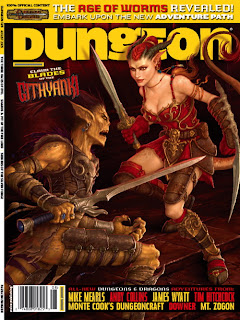This is one battle that has intrigued me since I was a kid and saw some photos of German paratroopers in the rubble of the campaign area. I bought Matthew Parker's book on the subject for my dad a few years back and decided it was high time I read it myself.
Two things I'll say for the book before giving a fuller review on down the line - it is great for providing something more than just a summary of the campaign leading up to Cassino and the Gustav Line. I've found it quite illuminating - about a quarter of the book is spent on this. The second thing is that I realize the Italian campaign for Rome has a lot of thematic similarities to Gallipoli - an even some of the same players (Churchill).
There's a lot here to inspire wargaming scenarios, and I'll probably address some thoughts on that as well some time in the future.
The book is worth the read. I surely haven't read enough on the subject to tell you how it stacks up against any definitive accounts of campaign for Rome, but it is packed with a lot of information and insights drawn from unit histories and numerous personal anecdotes - British, American, German, French, and Italian (esp. civilian). I think if you like books like Stephen Ambrose's Citizen Soldiers, you will like the style of Parker's work. It is very engaging.
Taking a breather
-
Now that THE FOURTH PORTABLE WARGAME COMPENDIUM has been published, I
intend to take a few days off from blogging so that I can return to it with
my ment...
3 days ago



































